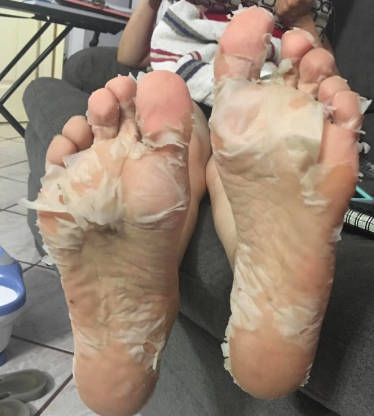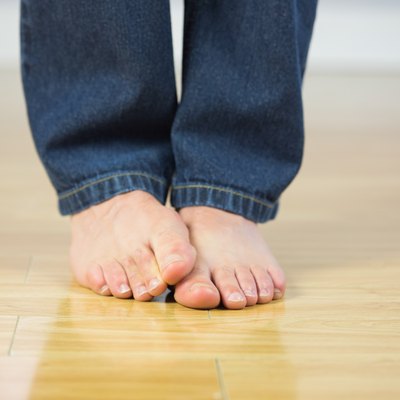

No one really knows what causes milia or why some people get more of the bumps than others. We suggest that you don’t pick at milia, it could make them worse. But you may want to get rid of them sooner for cosmetic reasons. Typically they will go away within a few weeks to months. Milia are essentially harmless and usually don’t need treated.
#TINY BALLS THAT ITCH ON FEET SKIN#
Milia develop under the skin when bits of dead skin cells, made up of proteins called keratin become trapped and create really hard, little white balls. Those tiny white or yellow bumps under the skin are not worrisome, but they might get frustrating.

You’ll be instructed to count your points.īut because there are many healthy foods that include these natural elements, you should not try to do this points-based diet on your own.Those annoying bumps are technically called milia, which are actually small cysts that have formed under the skin, usually appearing on your eyelids or on your nose or cheeks. The higher the amount of nickel or cobalt, the higher the points value for that food or beverage. The most likely way your dermatologist will recommend you follow this specialized diet is through a point system. If your doctor suspects your dyshidrotic eczema flares are caused by a nickel or cobalt allergy, they may recommend a low cobalt/nickel diet. Nickel and cobalt are natural elements that can be found in a lot of foods, like: Try to maintain your fingernails so they’re short enough to not break the skin if/when you scratch. Keep the affected area well moisturized at all times. If you notice that a certain personal care product like a new bar of soap seems to have been the cause of your blisters, stop using it for a few weeks and see if the inflammation and itching die down. If your hands are affected, make sure to remove rings and jewelry whenever you wash your hands so water doesn’t linger on your skin. Since dyshidrotic eczema can be triggered by stress, using techniques like meditation can help provide a dose of calm for your mind and body. You can also soak the affected areas for 15 minutes - your doctor may know some good inflammation-lowering medicated soaks.įind ways to relieve stress. You can start with cold compresses, soothing the area every 15 minutes. While home remedies may not be as effective as a doctor-recommended medication, they can help ease symptoms.

Genetics may also play a role in dyshidrotic eczema. If you are going to develop it, it’ll most likely begin between 20 and 40 years of age. There are a variety of factors that may dictate who develops dyshidrotic eczema. Who is at risk for developing dyshidrotic eczema?


 0 kommentar(er)
0 kommentar(er)
